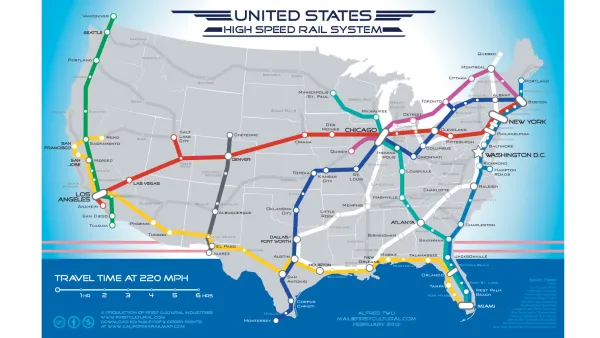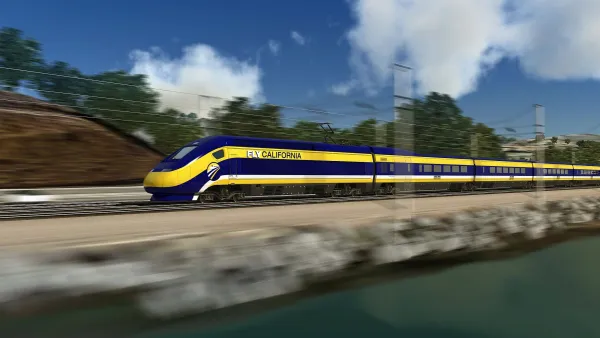Extensive investments in rail are slashing travel times in China, and creating a vastly more connected and accessible country.
"Over the next three years, the government will pour some $300 billion into its railways, expanding its network by 20,000 kilometers, including 13,000 kilometers of track designed for high-speed trains capable of traveling up to 350kph. Result: China, a nation long defined by the vastness of its geography, is getting, much, much smaller.
Already, the journey from Beijing to Taiyuan, the capital of Shanxi province, has been slashed from eight hours to three. Shortly before the Olympics last year, the 120km trip from Beijing to Tianjin was cut from almost an hour to just 27 minutes. In the next few years, a train journey from Wuhan to Guangzhou, halfway across the country, will shrink from 10 to three hours. The trip from Shanghai to Beijing, which currently clocks in at 10 grueling hours-and twice that, not so long ago-will be cut to just four, making train travel between China's two most important cities a viable competitor to air for the first time. Similarly, a trip from the capital to the southern manufacturing powerhouse of Guangzhou-more or less the entire length of the nation-will take just eight hours, compared with 20 before and more than a day and a half by bus."
Officials are hoping the increased interconnectedness will enable a greater distribution of economic development opportunities.
FULL STORY: The Shrinking of China

National Parks Layoffs Will Cause Communities to Lose Billions
Thousands of essential park workers were laid off this week, just before the busy spring break season.

Retro-silient?: America’s First “Eco-burb,” The Woodlands Turns 50
A master-planned community north of Houston offers lessons on green infrastructure and resilient design, but falls short of its founder’s lofty affordability and walkability goals.

Delivering for America Plan Will Downgrade Mail Service in at Least 49.5 Percent of Zip Codes
Republican and Democrat lawmakers criticize the plan for its disproportionate negative impact on rural communities.

Test News Post 1
This is a summary

Test News Headline 46
Test for the image on the front page.

Balancing Bombs and Butterflies: How the National Guard Protects a Rare Species
The National Guard at Fort Indiantown Gap uses GIS technology and land management strategies to balance military training with conservation efforts, ensuring the survival of the rare eastern regal fritillary butterfly.
Urban Design for Planners 1: Software Tools
This six-course series explores essential urban design concepts using open source software and equips planners with the tools they need to participate fully in the urban design process.
Planning for Universal Design
Learn the tools for implementing Universal Design in planning regulations.
EMC Planning Group, Inc.
Planetizen
Planetizen
Mpact (formerly Rail~Volution)
Great Falls Development Authority, Inc.
HUDs Office of Policy Development and Research
NYU Wagner Graduate School of Public Service





























